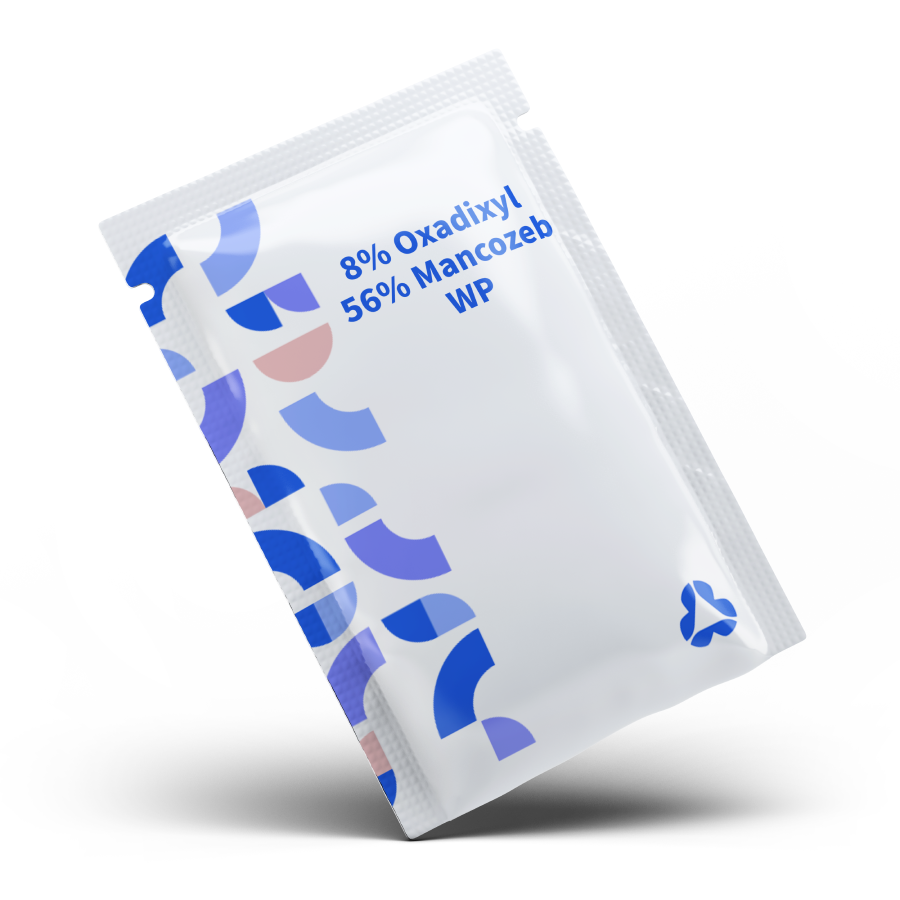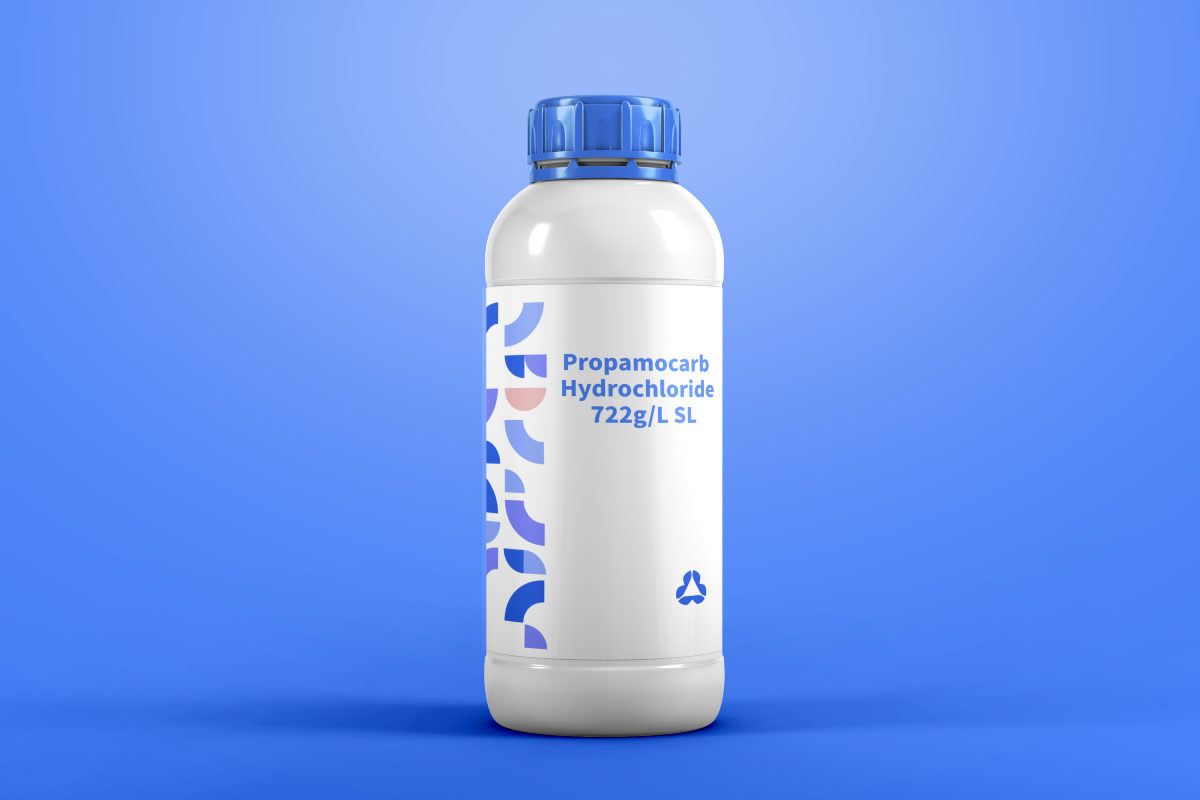Propamocarb hydrochloride 722g/L SL (Soluble Liquid) is a remarkable low – toxicity systemic fungicide, specifically designed for combating oomycete – caused diseases. With 722 grams of the active ingredient per liter, it offers high – level efficacy in various agricultural and horticultural settings. This fungicide has the advantage of flexible application methods, making it a favorite among farmers and growers for its effectiveness in both preventive protection and treatment scenarios.

8% Oxadixyl + 56% Mancozeb WP: A Potent Broad – Spectrum Fungicide for Crop Protection
8% Oxadixyl + 56% Mancozeb WP (Wettable Powder) is a highly effective and widely used fungicide formulation in modern agriculture. This product combines the power


